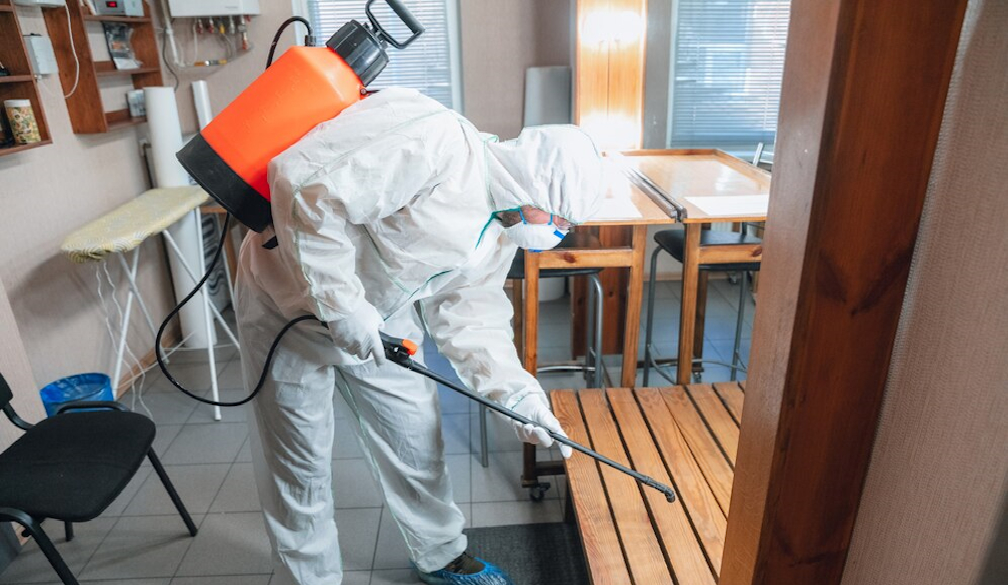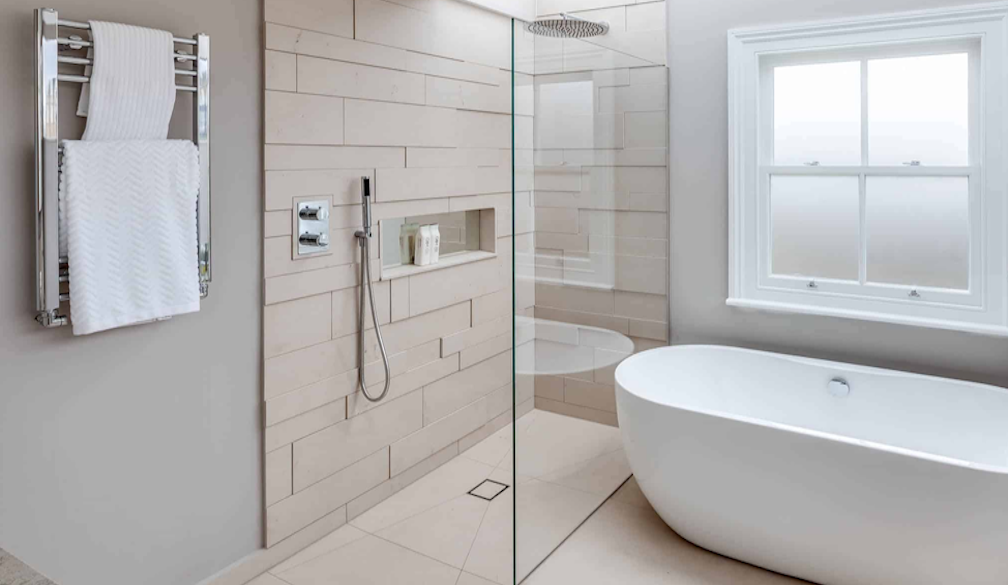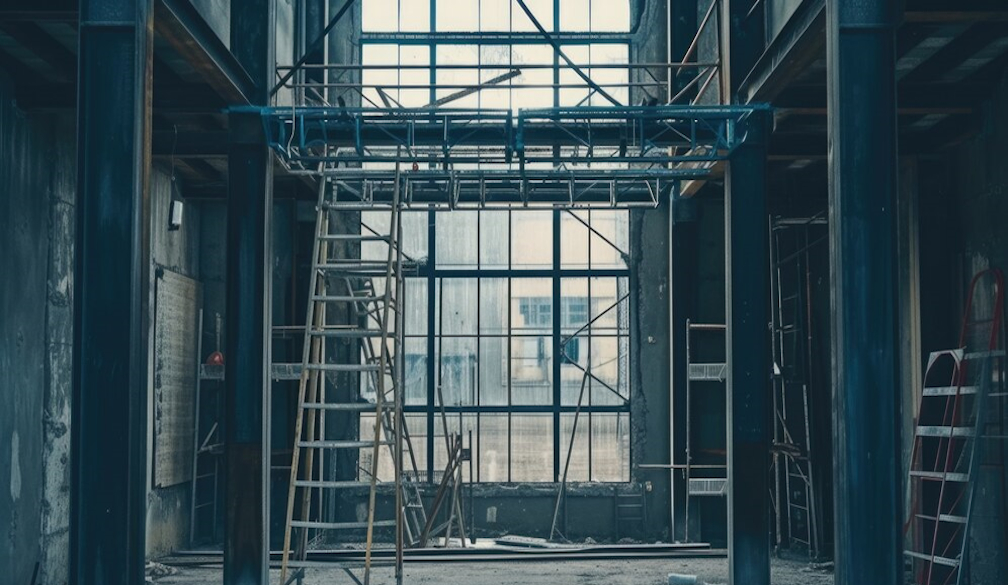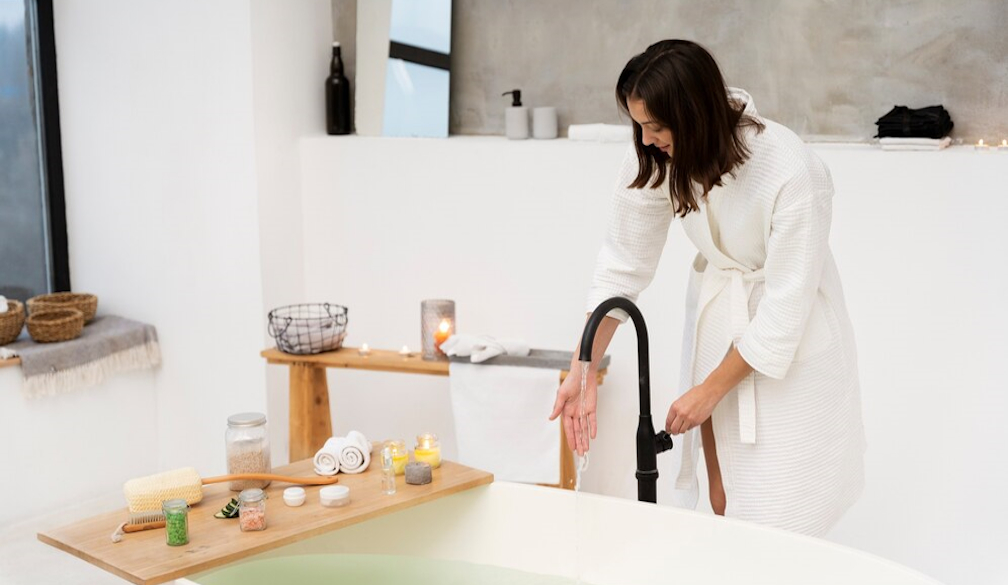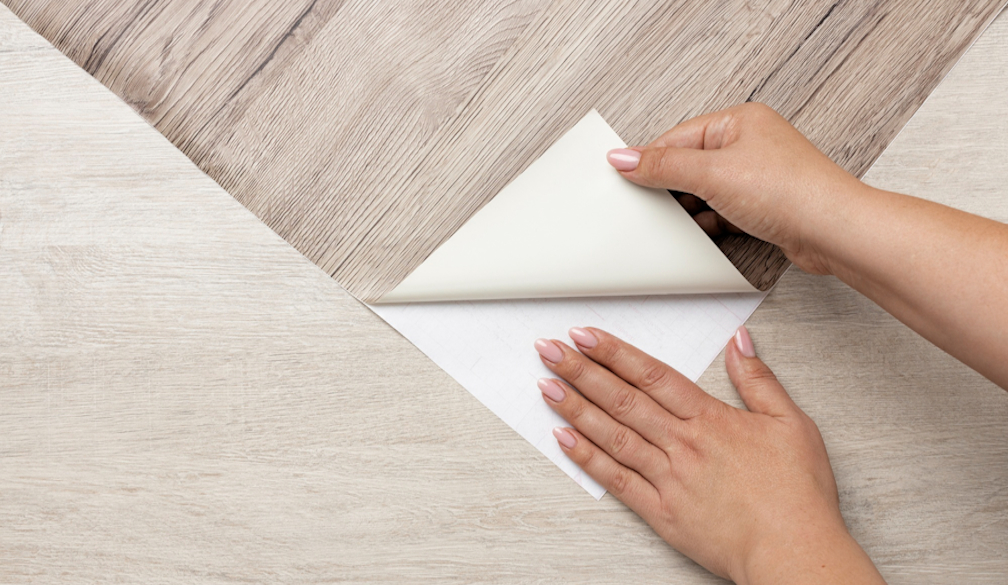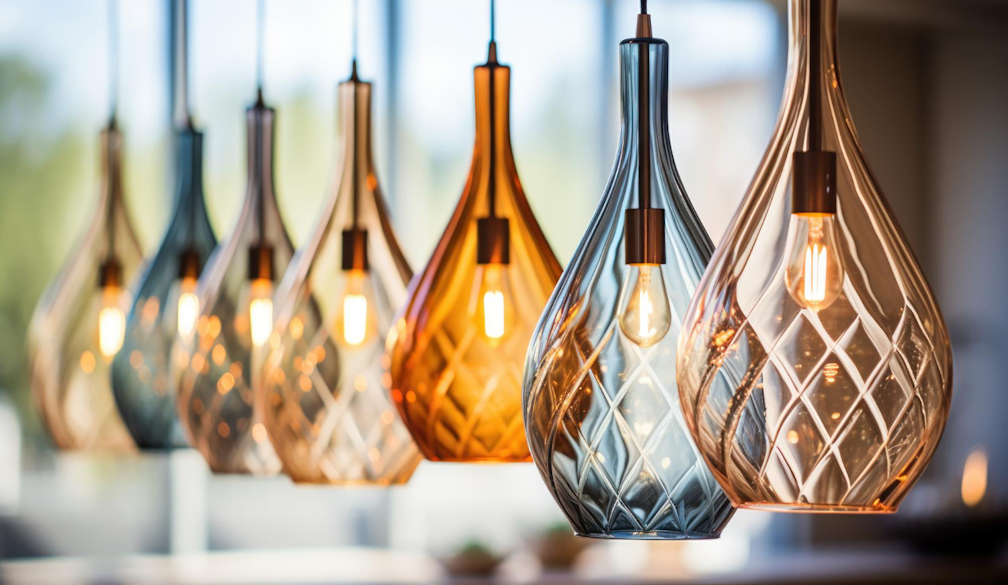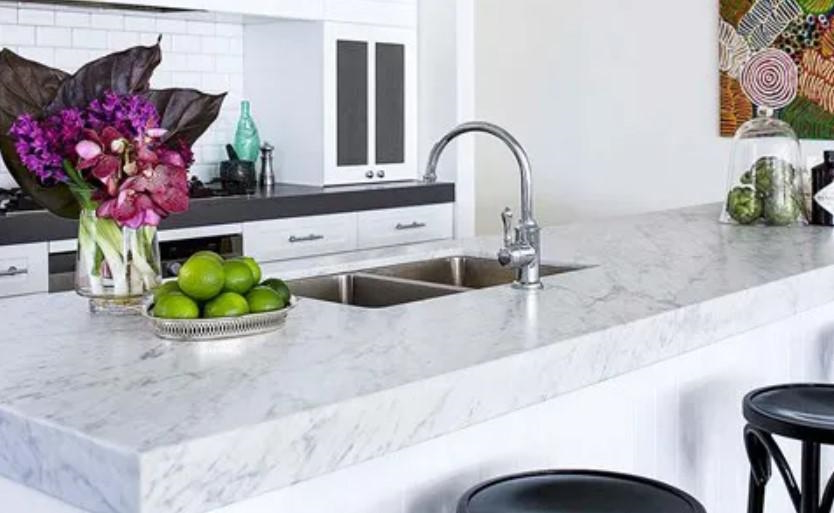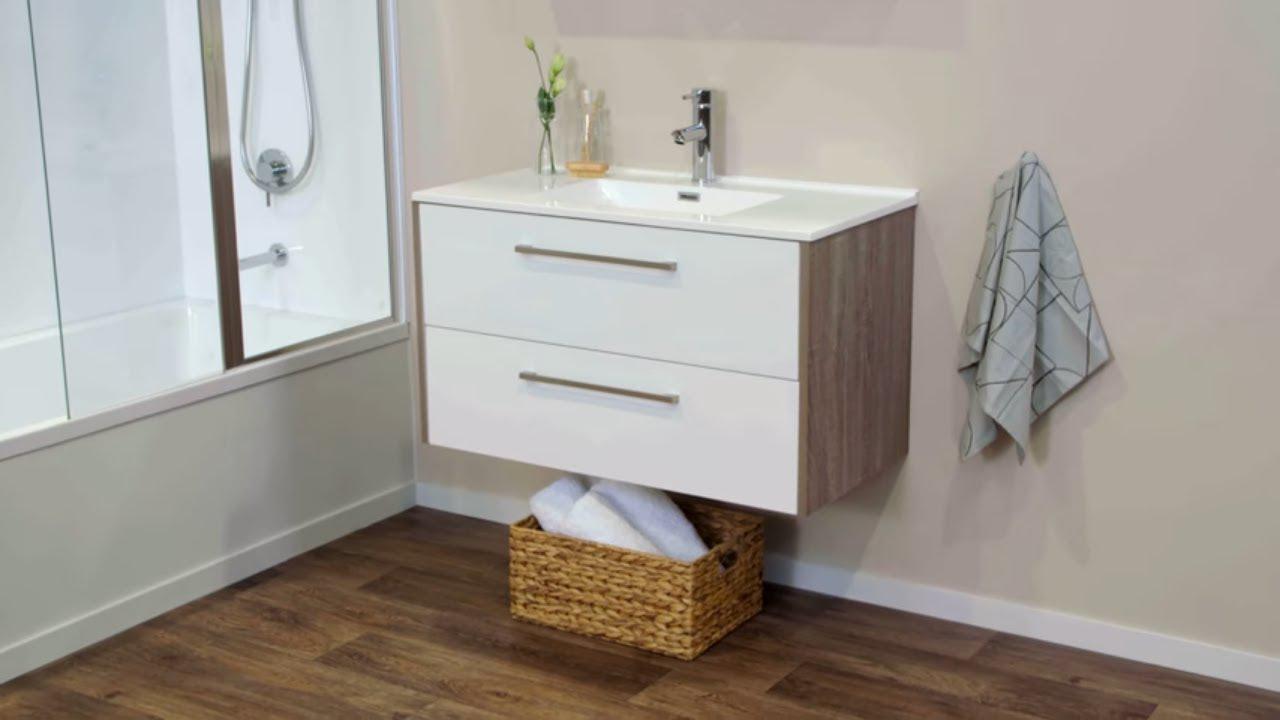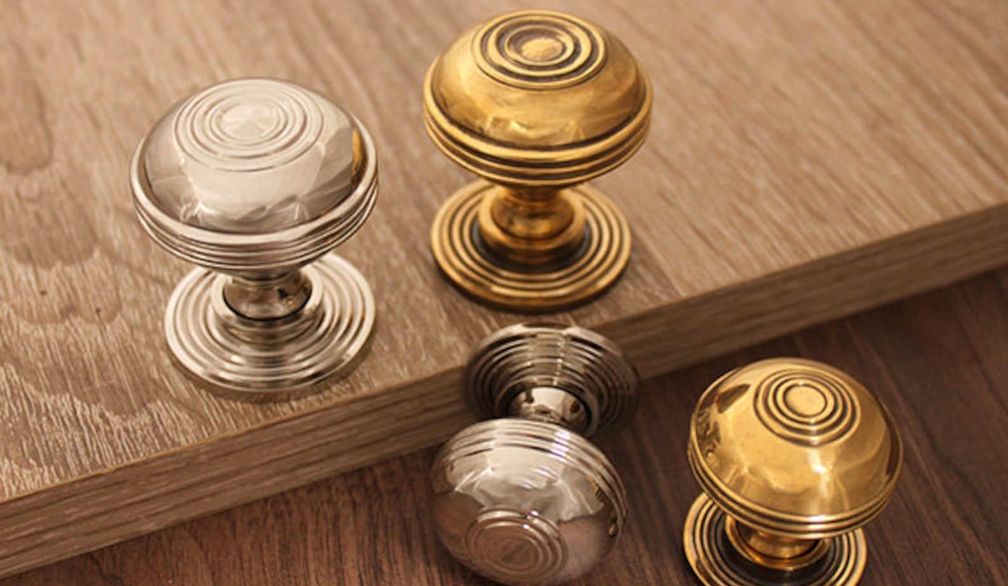Top 5 things to consider when putting in a backyard shed, studio or office
- Written by Daniel Rutland, Head of Digital Purchasing at EasyShed.
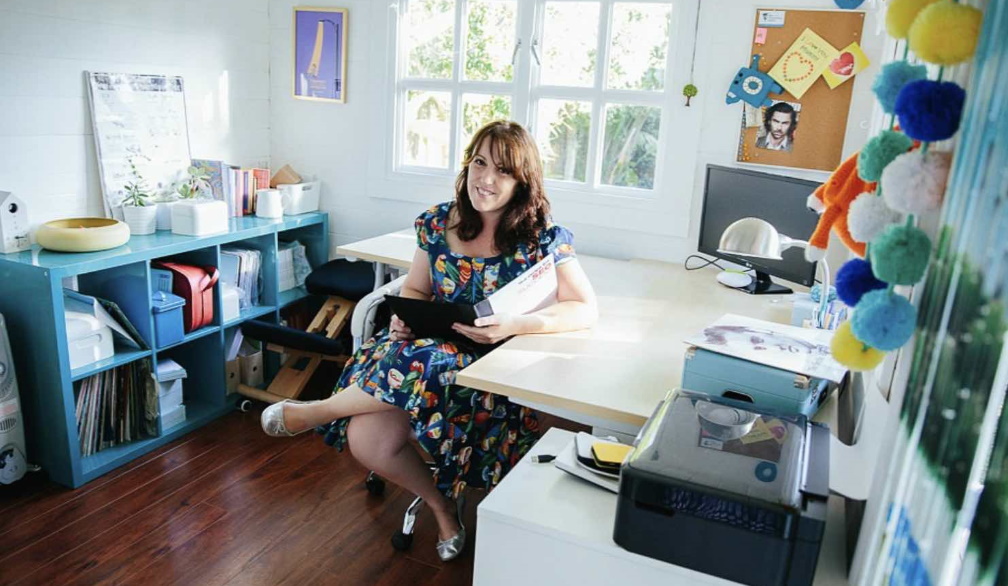
Determine the type of material most suitable for your shed needs
There are several DIY shed material options – plastic, steel, and timber. Plastic sheds require low maintenance but tend to fade with time. Timber is prone to rotting but is built to last when treated properly, whilst steel is durable and low cost. Plastic and steel sheds are also immune to pest-infestation and rotting. Choose shed materials with low maintenance costs.
Â
Determine the dimensions of your shed
Measure the site’s dimensions first before purchasing a shed online. Ensure that your chosen site is large enough for the shed you intend to purchase. Nothing is more frustrating than not being able to fit in everything you need in your shed due to space constraints.
Â
Choose the right site for your shed
Building a shed next to a tree or under overhanging leaves and flowers can cause problems; a tree branch could fall on it and damage the structure. The area should be level, secure, safe, be free from flooding, be accessible on all sides to make maintenance or repairs easier and have some natural light, but not too much that it feels like a hot oven inside. You'll also need easier access to electrical supplies if you plan to light and ventilate the shed.
Do check local council planning guides
Building restrictions vary throughout Australia and you can cop fines up to $30,000 for illegal structures. Most councils will have their rules easily available to you on their website. Find out more here.
Customise your shed
Extra windows, a roof pitch and cladding doors are all possible and aren't just going to improve the appearance of a basic shed, they can also make it more functional and don’t have to break the budget. Also, if you decide to sell up, a beautiful and well-maintained shed will also factor into the asking price. It really is an investment!
Top 5 things not to do when putting in a shed for extra space:
Don’t forget to lay down an even foundation
Whether you choose a custom-built or prefab garden shed, it needs a steady foundation. Prefab sheds do not come with a floor so the walls need to be anchored with concrete to stand, which is why a stable foundation is a must. A good garden shed foundation will set the structure slightly off the ground to help with proper water drainage. Never choose a location where the foundation needs to be laid out in a wet, sloping, or low-lying area.Â
Don’t forget to weatherproof
The floor is the immediate link from the foundation to the rest of the shed. A sturdy floor that never gives in to harsh weather conditions, especially rains, storms, or floods, is good. It is prudent to build weather-resistant floors and floor frames to avoid the deterioration of any piece of structure. Also weather-proof the rest of the shed’s assemblies to ensure it lasts longer.
Â
Don’t rush the shed construction or installation process
Allotting ample time for the planning and construction of your DIY shed ultimately saves time and money and allows the chance to correct any minor miscalculations (if any) and do the job right.
Don't underestimate the need for storage
Before deciding what size shed to get, list every item you plan to store, especially large tools and equipment. Measure the space in your garden and account for door and window openings and roof overhang when you add up how much area the shed will take up. If possible, consider getting a shed or shed kit that can be extended so that if you do need more space, you’ve already prepared for such provisions. Also, use a design that makes use of the extra space inside the shed for storage. For instance, you can put or hang items above a shed with a ceiling that's at least 9 ft tall. You can also install built-in shelves and tool racks on the wall to maximise space.
Don’t forget to keep the shed clean and well-maintained
Use your garden shed’s space properly by avoiding clutter at all times. Organise all tools, equipment, and other items in an orderly manner by using shelves or racks. Regularly sanitise and maintain the shed to make sure it’s clean and free from any hazardous chemicals.
By Daniel Rutland, Head of Digital Purchasing at EasyShed.


